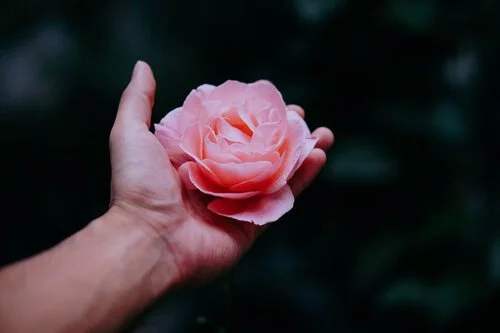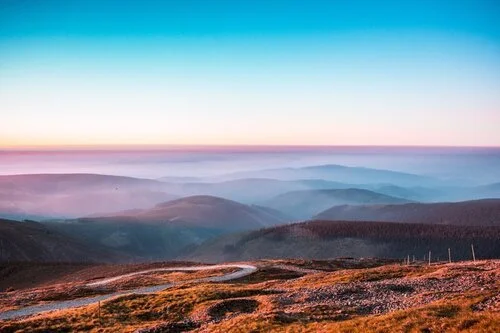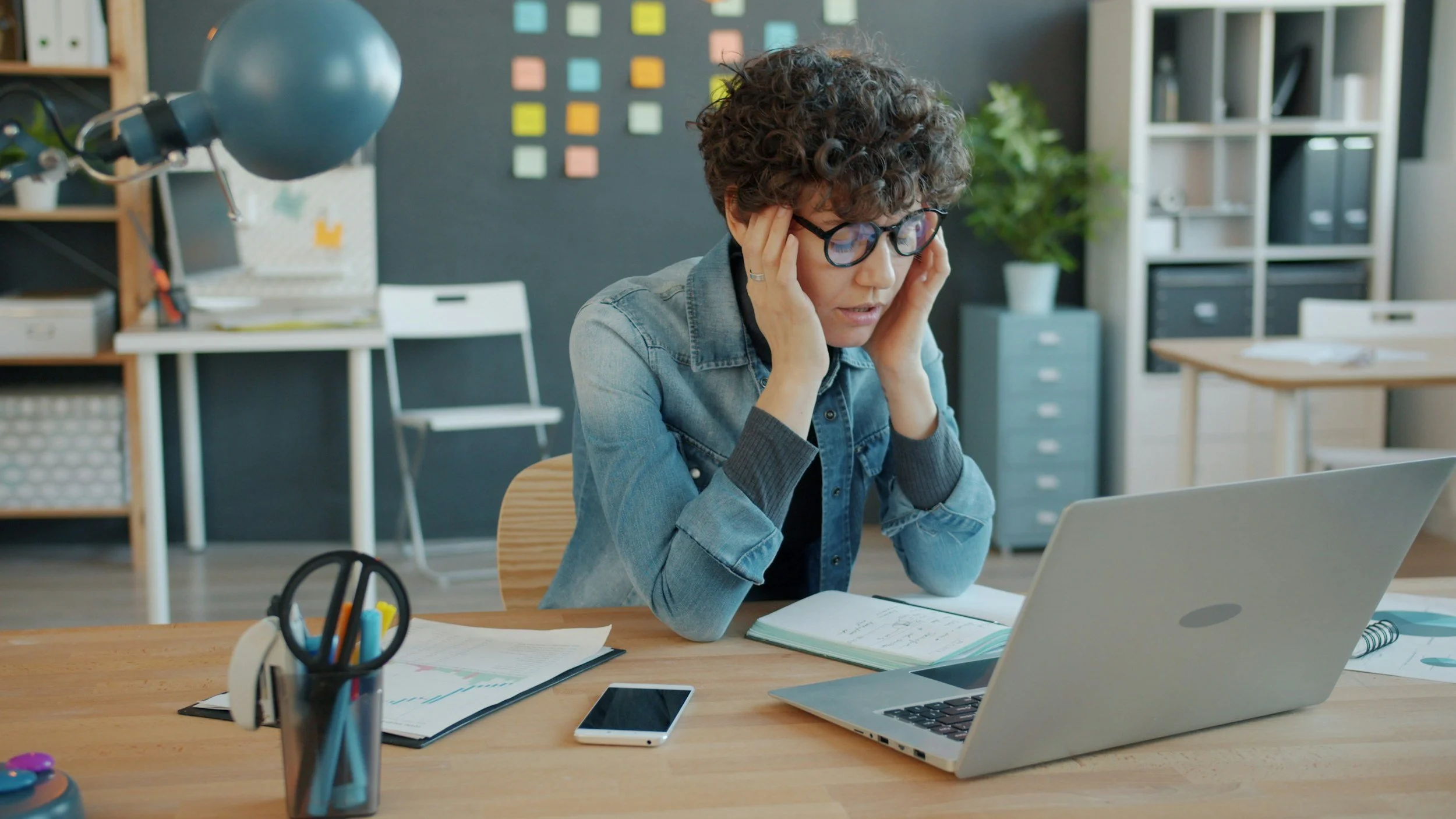
Where Does Cupping Come From? How Was it Derived?
Back in the day when Chinese Medicine was the only form of medicine that existed there at the time, the Chinese believed that it was direspectful to the human body use invasive procedures such as surgery to rid the body of disease and promote healing. In addition to this feeling about invasive procedures, these procedures were also etremely dangerous to perform as they often led to fatal infections. As a result, the Chinese developed techniques to identify disease and noninvasive healing methods to treat it. One of these healing methods is called cupping. In ancient times, people were able to use fire, which they inserted into a glass cup to create a suction when they place the cup on one’s skin. Nowadays, we are able to perform cupping using these ancient methods, but we have also developed pnuemonic cupping sets that allow us to perform cupping with out the use of fire, which makes it more safe to do inside our offices or in high rise buildings where the use of uncontained fire is seen as a safety hazard.
What Is Cupping?
Cupping is a Traditional Chinese Medicine Technique that dates back to over 3000 years. The basic premis of cupping is to create suction on the skin using a glass or plastic cup. We leave the cups on anywhere from a couple seconds up to about 20 minutes at max. Instead of leaving the cups stationary on the body for this time, we often use a theraputic oil on the skin that allows a TCM practitioner to slide the cups over larger areas of the body to increase the treatment’s strength.
How Does Cupping Work?
The suction created by the cupping helps bring blood flow to an area of the body, which increases the nutrients and oxygen to the tissue and removes carbon dioxide and other waste gases and toxins. More blood flow to an area of the body, the greater capacity for healing. Cupping, similar to the TCM healing method Gua Sha often produces “petechiae” or the red purple color on the skin that indicates pathology or unhealthy tissue resulting from lack of free flow of blood, fluids and energy to that area of the body. Whenever there is an obstruction and lack of free flow of these life sustaining components, it results in pain or sickness. From a Western perspective the red purple color indicates extravasation of blood from the vessels in the skin.
When our body tissue is healthy and receiving good blood flow, we should be able to put light suction on the skin using cups and our vessels should remain intact with no bleeding. However, when there is an obstruction and lack of free flow of the life sustaining components above, our body tissue becomes unhealthy, vessels are weakened, and this results in “petechie” or the red purple color beneath the skin.
Cupping falls under a theory that no two disease states can simultaneously exist in the body at one time. If the body is not healing or its ignoring an ailment, let’s say a chronic cough, and we create small microtrauma in the area of the lungs on the back using a gua sha tool, it will not only stimulate the body to heal the microtrauma we created, but also the original issue that existed, the chronic cough.
Modern research shows that the small microtrauma that Cupping creates produces anti-inflammatory, immune boosting, and tissue regenerative effects that account for the immediate relief that patients feel from pain, stiffness, fever, chill, cough, wheeze, nausea and many other ailments. Since Gua Sha works on a holistic, systemic level, it can be effective at improving acute and chronic internal organ disorders including bronchitis and hepatitis. Overall, Cupping is a special TCM healing method that returns flow to that which was previously stagnant in the body.
Does Cupping Hurt?
Generally, we pair Cupping with the use of a theraputic oil on the skin so that it feels like a deep tissue massage. It’s that hurts so good feeling when you have a sore muscle and someone is massaging it to help it release.
“Amy at Herb + Ōhm has been tremendous!”
“Amy is a true professional and such a pleasure to work with, as she personalizes each of her services to client’s needs and goals. I came to Herb + Ōhm for preventative skin care. I am 27, but wanted to try SkinPen to help start an anti-aging regimen. I really loved the results I saw with the treatments and I feel like my skin looks smoother, more even and the fine lines have become less noticeable. my experience with Herb + Ōhm was exceptional.”
AM L, Yelp Review




















